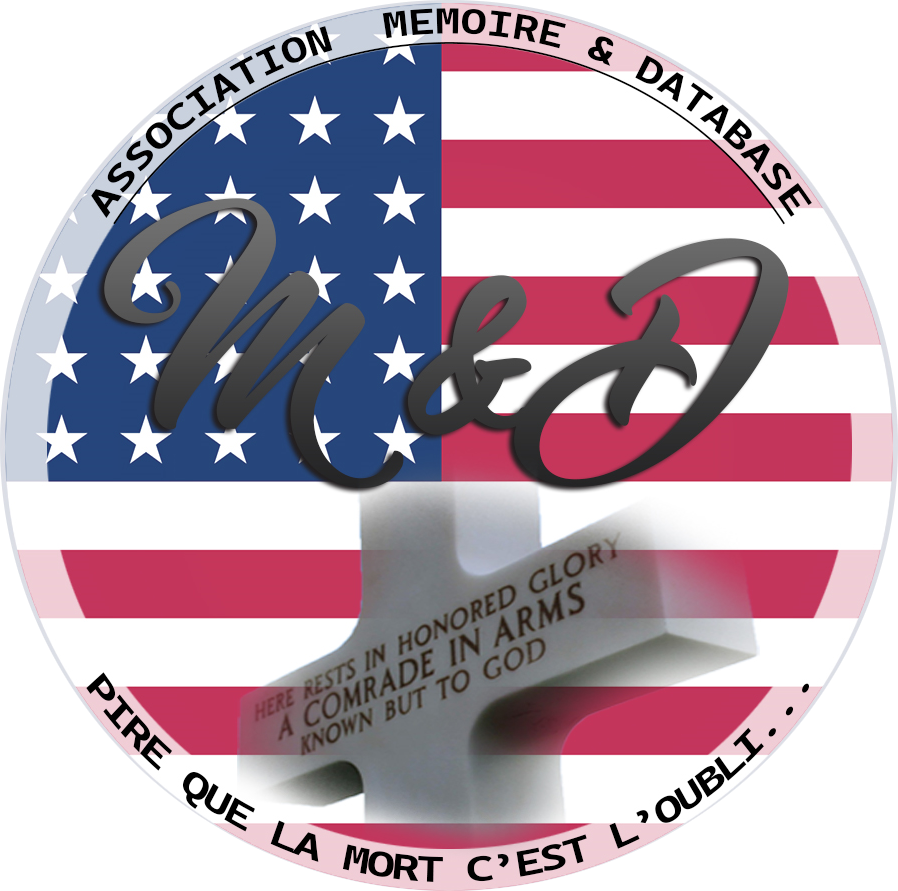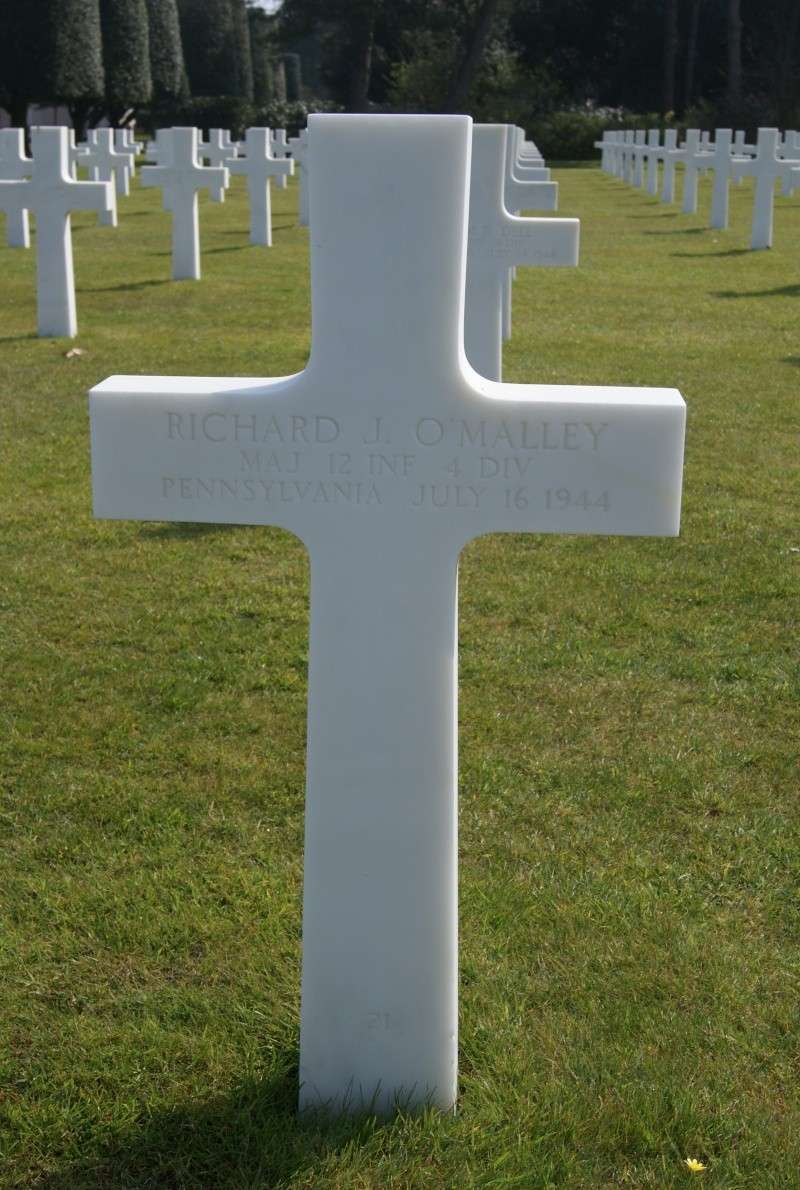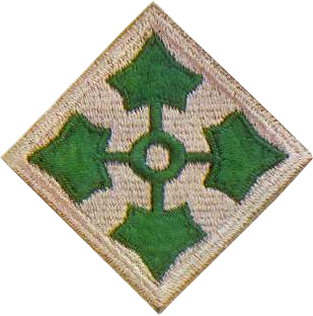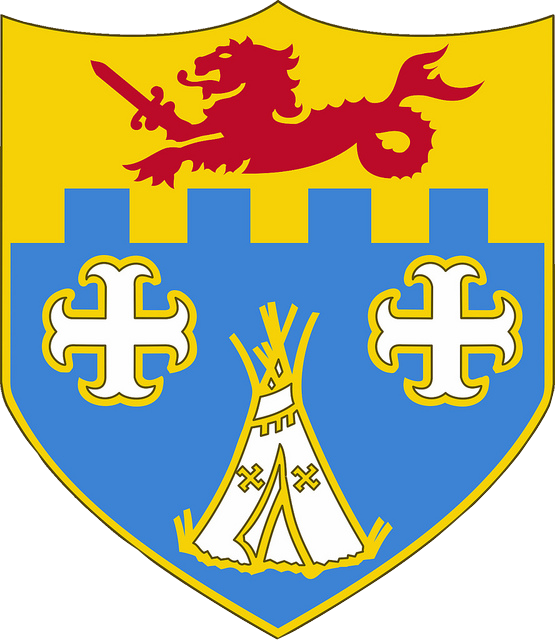| VIDEO | Video of the ceremony at his grave with Pat and Jack in Colleville, June 10, 2014 |
|---|
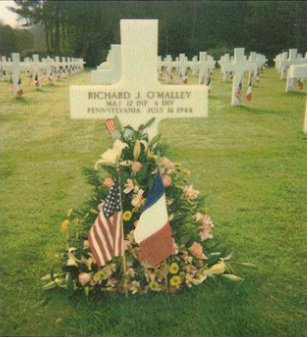 |
|---|
Richard O'Malley Cadet |
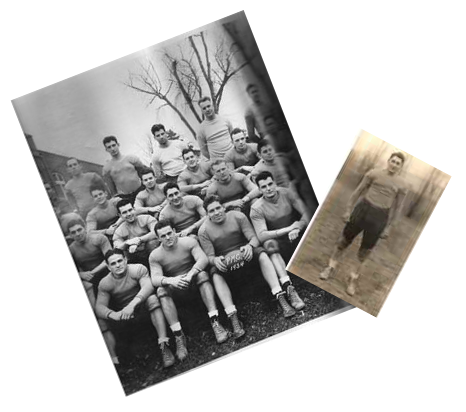 Richard et son équipe Richard et son équipe |
Richard & Vera Mae  |
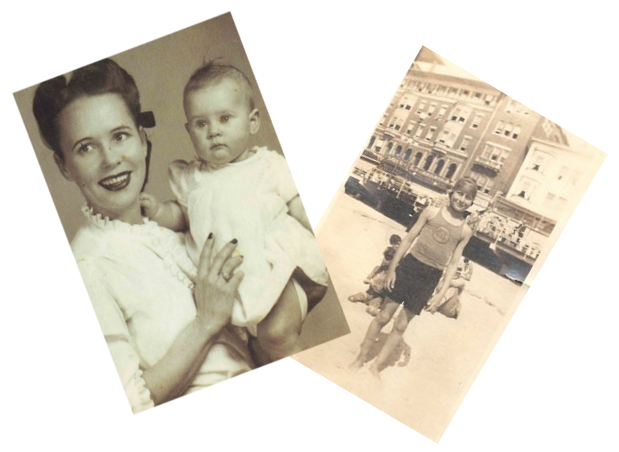 Vera & Patricia Vera & Patricia |
 |
 Telegram from death Telegram from death |
Monument for the tribute to Major Robert O'Malley |
|---|
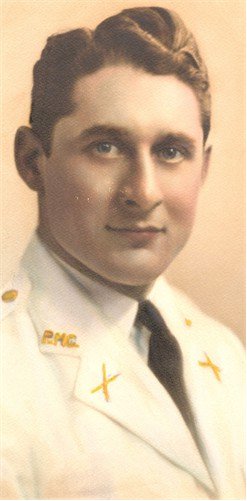 |
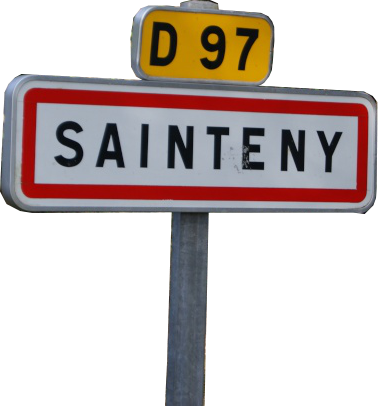 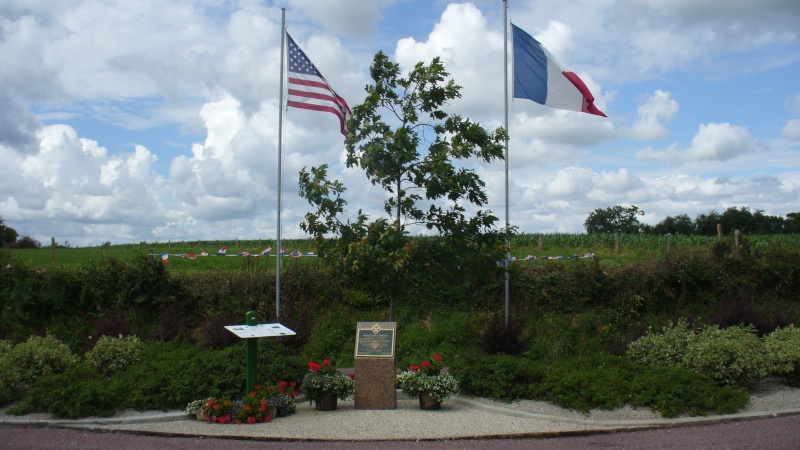 |
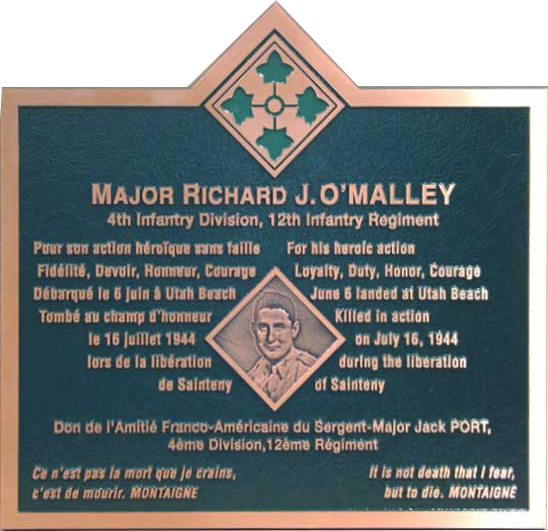 |

The grave of PVT Nicholas Polachek, flowers by a school of Brussels. 
Thank you to the children and Julie |
|---|
Clyde R. Stodghill, Cuyahoga Falls, OHIO
|
|---|
|
On the fairly quiet Sunday morning of July 16, 1944, Major Richard J. O’Malley, commanding officer of the 2nd Battalion, 12th Infan¬try Regiment was killed by an enemy rifleman. Major O’Malley’s worth can hardly be measured. His every action had been stamped by fearless¬ness, and he was undoubtedly one of the foremost combat officers of the Regiment. His men worshipped him. He had given them the inspiration that had carried the 2nd Battalion to its great successes, and, in turn, the welfare of his men was always uppermost in his mind. General Barton paid a final tribute to this gallant leader by ordering three volleys to be fired into the enemy lines by the massed artillery and mortars of the 4th Infantry Division—the only such occasion of the entire war. (Credited to the History of the 12th Infantry Regiment.) The word that Major O’Malley had been killed was passed from man to man in disbelieving whispers, as if by repeating the words quietly they might turn into just another false rumor. The “Iron Major” dead—could it be true? Although death was all around us, it had seemed that the ma¬jor was somehow immune, a man apart from the norm. To know that he had died left each of us more vulnerable. Words could not make it real to some of us—we had to see for ourselves. A friend and I were drawn to the place where he had fallen in Company E’s sector as surely as metal shavings are drawn by a magnetic force. Neither of us cared that we had left our position without authority. A medical jeep with racks for holding a litter had come up to the front. It was the first and only time I saw that happen. The United States Army was slow in removing the dead from a battlefield, but the corpse of a major could not be left lying on the ground for all to see. Major O’Malley’s body rested on a litter covered by an olive drab blanket. We arrived as the litter was placed on the racks of the jeep. The medics returned to a group of officers standing silently ten feet away. It was then that the only unexplainable incident of a long lifetime occurred. Although no one was close by and the wind was not blowing, the side of the blanket fluttered upward, remaining that way for a few seconds without support. My friend said, “Look! The major’s trying to get up.” Knowing the kind of man Major O’Malley had been, his words seemed perfectly nat¬ural at the time, so I nodded in agreement. The only logical explanation that comes to mind is that the exhaust from the jeep’s motor, which was running, had been responsible. During my later years as a newspaperman, I came in contact with many men of stature: leading politicians, industrialists, entertainers, fa¬mous athletes, and coaches. Major O’Malley stands alone among them as a figure bigger than life, a man who towered above the pack. Richard J. O’Malley was a ruggedly handsome man with a voice that could crack timber, a man whose every movement was brisk, decisive and authoritative. He was not the sort of leader who had a word of encour-agement or kindly comment for everyone, nor did he lead by fear. It was his presence alone that inspired, and unlike many battalion commanders, he was always present or somewhere close by. He did not lead from a command post in the rear; he led from the Line of Departure. Many were the times when he could be heard calling, “Up and at ‘em, 2nd Battalion, follow me!” We did so with apprehension, but without hesitation. While we didn’t fear Major O’Malley as a bully, we did fear commit¬ting an act that would arouse his anger, or above all, his contempt. Prov¬ing unworthy of his respect was unthinkable. To an eighteen-year old rifleman he was an awesome figure, a giant of a man. He was, as stated in the regimental history, a man worthy of worship. O’Malley was a captain when he assumed command of the 2nd Bat¬talion on the day in June when Lieutenant Colonel Dominick Montelba¬no was killed near Montebourg. He should have led a regiment, division, or corps. Many far less capable men did so. He had been our commander for only 33 days. In Normandy, that was the equivalent of a lifetime...... |
From the book "WAR MEMORIES" By Robert O. Babcock Translated by Philippe Cornil |
| INFORMATION SOURCE | Patricia O'MALLEY (Fille du Major O'Malley) - Jean-Yves TURQUETIL - Michel QUILES AFAM of D-day - Richardomalley.weebly.com |
|---|---|
| PICTURE SOURCE | Patricia O'MALLEY (Fille du Major O'Malley) - Michel QUILES AFAM of D-day - Richardomalley.weebly.com - Dday-overlord.com |
| PROGRAMMER | Frédéric & Renaud |
| TRADUCTION | Nathalie |


